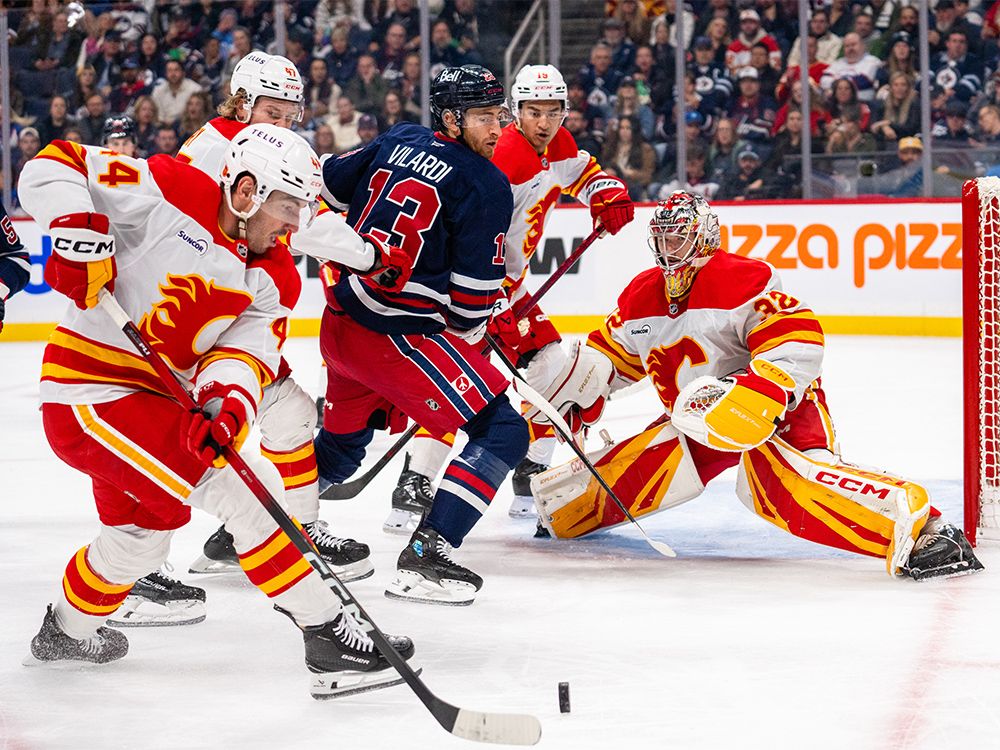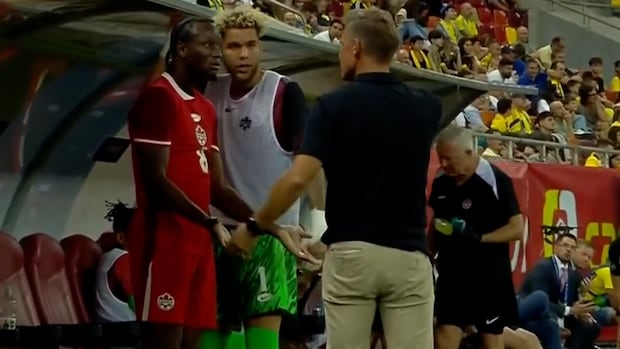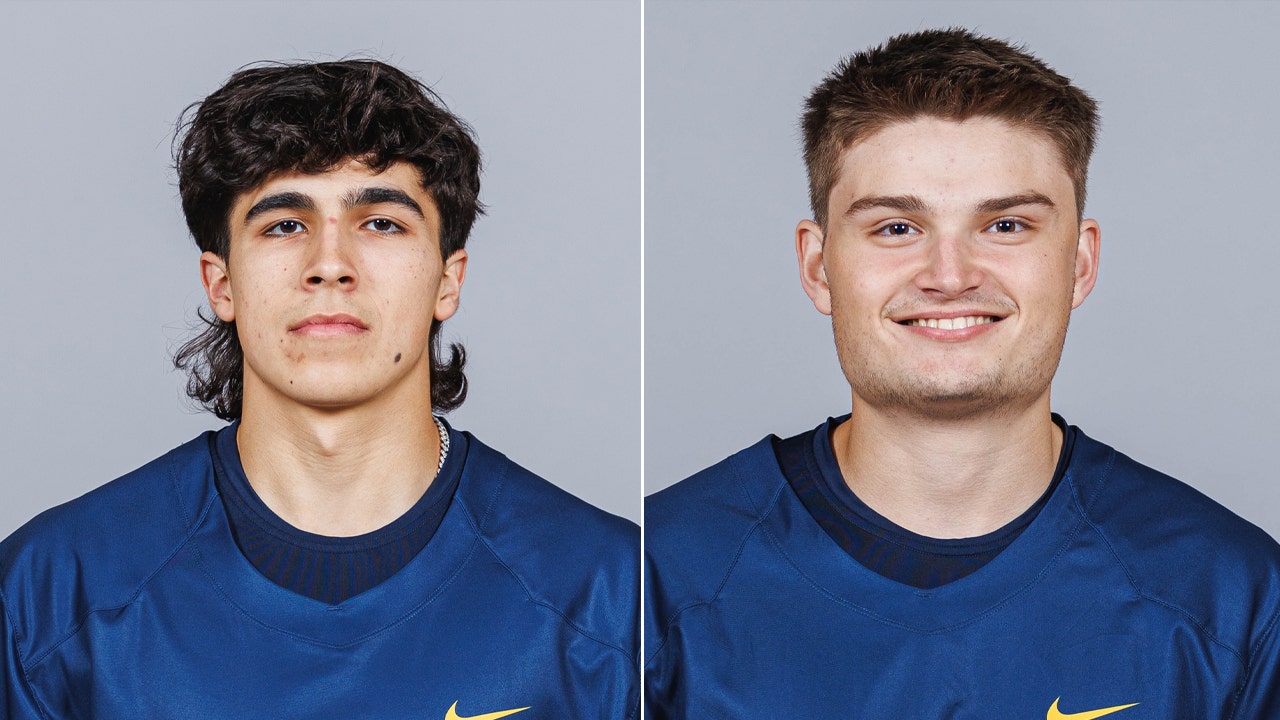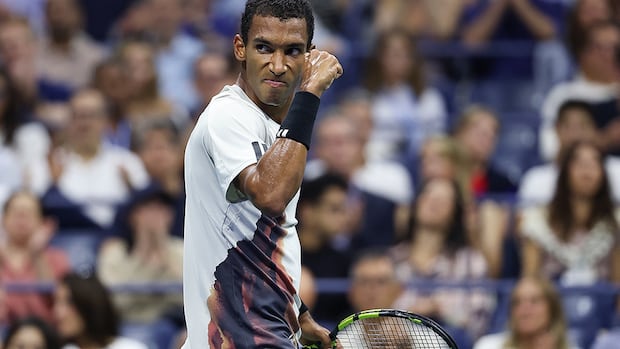Canadian men’s 4×100 relay team in line for high-velocity dress rehearsal at Diamond League London
;Resize=(620))
If Canada fields its A team, and every member is two months sharper than they were the last time they performed as a unit, then the men’s 4×100 relay at this Saturday’s Diamond League track meet in London could turn into a clinic.
It’s a rare meet on the circuit that features men’s and women’s relay races, and even without entries from heavyweights U.S. and Jamaica we can count on a bruising competition. Japan will line up, as will the Netherlands and France. Great Britain plans to field two teams in the men’s event.
The last time we saw Canada in action, they outclassed all those squads. Aaron Brown, Jerome Blake, Brendon Rodney and Andre De Grasse combined to win silver at the World Relays in May, running 37.89 seconds, and trailed only a powerhouse team from the U.S. If that foursome is healthy and performing up to their potential, they’re a medal threat in any global final.
But reaching the podium next month in Paris isn’t just a matter of best-case-scenario peak performance. It’s also a question of depth, and team Canada needs to find answers.
A pessimist might see a dilemma for Athletics Canada’s relay coach, Glenroy Gilbert. An optimist sees an opportunity. Whatever team the U.S. fields in Paris will have more raw speed than Team Canada, but in the relay continuity is king and queen. Saturday’s race, then, presents a chance to gain valuable data about which grouping of runners might perform best under high pressure, and that information could help propel Canada back to the podium in Paris.
Last summer at the world championships in Budapest, a lack of depth hamstrung Canada’s chances at a relay medal.
De Grasse was famously labouring through a lacklustre season when he entered worlds. He qualified for the final in the 200 metres, widely considered his best event, but without a sub 20-second clocking to his credit that year, he was a longshot. Then came the schedule conflict – the relay prelims and 200 metre final were slated for the same session. De Grasse, normally a lights-out anchor runner, opted out of the relay to focus on his individual race. The relay team missed the final, and De Grasse fell short of a medal in the 200.
But here’s the thing about last summer…
It’s last summer.
Talent and depth
Right now, as far as we know, the entire squad is healthy. De Grasse has also made clear that he plans to arrive in Paris in shape to run every round of every race.
As for depth?
On paper, Canada has more in 2024.
Eliezer Adjibi (10.04), Duan Asemota (10.03) and Malachi Murray (10.01) have all threatened the 10-second barrier this season, flashing the footspeed Team Canada lacked last year. Any or all of them might need to put those wheels to use in Paris, since the 200 metre final – a goal for Brown, Rodney and De Grasse – is once again scheduled for the same session as the relay prelims. From here it looks like another scheduling puzzle to solve, but a breakthrough from Adjibi, Asemota or Murray could simplify Gilbert’s decision.
So this Saturday’s Diamond League event grows in importance, given how infrequently national relay teams face off in high-stakes races.
Any track nerd can follow week-by-week results, note where the fastest people live, and fashion some crude calculations about which country might form the best relay team, but individual race outcomes only form part of the equation. If raw speed alone determined relay results, we wouldn’t even need to run races. We would just take the U.S., where three sprinters broke 9.9 seconds at Olympic Trials, and Jamaica, where 9.82 settled for silver because the winner ran 9.77, and flip a coin.
WATCH | Examining top American stars from U.S. trials:
Noah Lyles and Sha’Carri Richardson both have been known to talk a big game, but when it comes down to it, they both deliver gold when it counts. Morgan Campbell provides some insight on the two American stars in this episode of Athletics North.
Heads, they win. Tails, everyone else loses.
The 4×100 is fast and frantic, and working the baton around the track without a fumble or exchange zone violation is essential.
Team USA can tell you. Sometimes their men’s relays would fail spectacularly – witness the multi-person pileup that cost them a world championship medal in 2011. Other times more mundane missteps have cost them hardware, like the illegal exchange that got them DQ’d in Rio in 2016.
And at the world level, flawless exchanges separate finalists from lane-fillers, and medal-winners from also-rans.
Again, ask American men’s relay teams how that goes. They led through three legs at the 2022 world championships in Eugene, Ore., before a slight hitch on the changeover between Eli Hall and anchor man Marvin Bracy-Williams. Against lesser competition it likely wouldn’t have mattered. Bracy Williams hustled down the home stretch and crossed the finish line in 37.55 seconds – a few strides off the national record, but still a result worthy of a world podium.
The lineup that won gold in Eugene is the same one that claimed silver at World Relays this past May. We know they’re capable of clean exchanges at big races, whether they’re leading, trailing, or in a dead heat. As for the second unit, Saturday’s Diamond League event offers a chance to see how well the youngsters – Adjibi is 23, Murray, 24, and Asemota, 27 – mesh with the incumbents, and whether the newcomers can convert world-class linear speed into high-level relay success.
It’s a high-velocity dress rehearsal that yields better info than training sessions ever could. We won’t just see who can go stride-for-stride with the U.K. and Japan, but who can receive and hand off the baton with equal ease, and do it in a stadium full of screaming fans. You can simulate those stakes and that atmosphere at a practice track, but you can’t replicate them. But if they can execute in London, it’s a clue that they can do it in Paris, too.
As a group, Canada still has the speed and skill to reach the Olympic podium; actually getting there is a test of the program’s depth.
And just how deep are they this summer?
Maybe we’ll see on Saturday.




